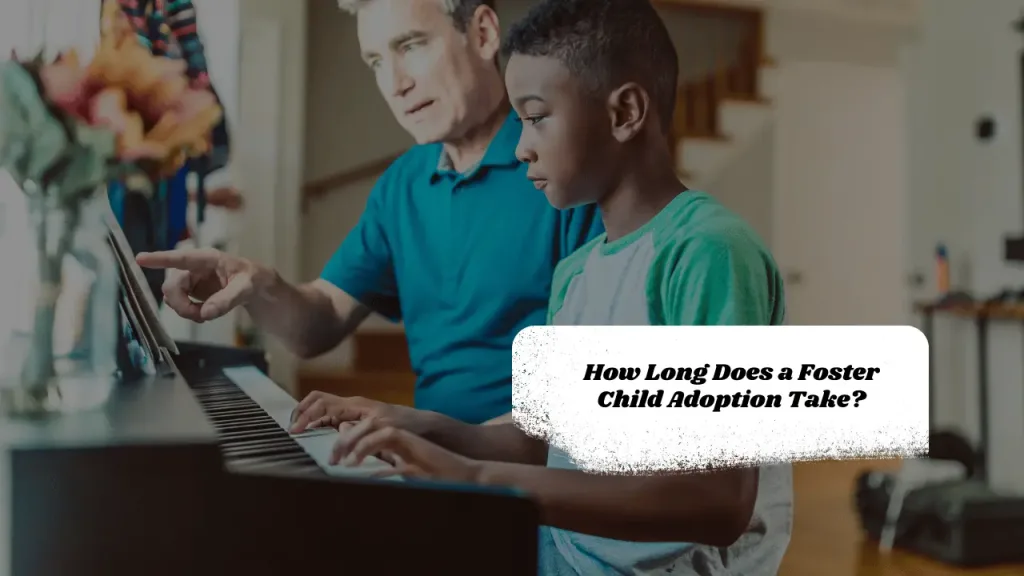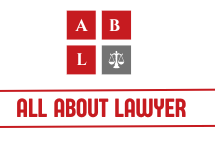How Long Does a Foster Child Adoption Take?
The length of time it takes to adopt a foster child can vary widely depending on several factors, including the specific circumstances of the child, the adoptive family, and the legal process in your jurisdiction. Here’s a general breakdown of the timeline for foster child adoption in the United States:
Table of Contents
1. Licensing and Approval (3-6 Months)
Before adopting a foster child, prospective parents must meet licensing requirements and complete a home study. This step ensures that families are prepared and suitable to provide a stable, loving home. Key components of this stage include:
- Background Checks: Federal and state criminal history checks, child abuse clearances, and sometimes fingerprinting.
- Training: Most states require around 20-30 hours of pre-adoption training to prepare parents for the challenges of fostering and adoption.
- Home Study: A detailed assessment conducted by a social worker, including home visits, interviews, and reviews of personal and financial documents.
This process typically takes three to six months, but delays can occur if documentation or approvals take longer than expected.
2. Matching Process (Varies)
The time it takes to match with a child depends on:
- Your Preferences: Families open to older children, sibling groups, or children with special needs may match more quickly.
- Child Availability: The availability of children legally free for adoption varies by region.
Some families are matched quickly, while others may wait several months to a year or more.
3. Termination of Parental Rights (6-12 Months)
In most foster-to-adopt cases, the biological parents’ rights must be terminated before the child is eligible for adoption. This process may already be complete if the child is legally free for adoption. If not, the timeline can depend on:
- Court Proceedings: Legal battles, appeals, or delays in the court system can extend this stage.
- Voluntary Surrender: In some cases, biological parents voluntarily relinquish their rights, expediting the process.
This stage can take six months to a year or longer if contested.
Related Articles For You:
Can You Get a DUI on a Horse in the US?

4. Pre-Adoption Placement (6-12 Months)
Most states require the child to live with the adoptive family for a certain period (usually six months) before finalizing the adoption. During this time:
- Social Worker Visits: Regular check-ins ensure the child’s well-being and the suitability of the placement.
- Adjustment Period: This allows the child and family to bond and address any challenges that arise.
Some states may allow exceptions to this requirement if the family has been fostering the child for an extended period.
5. Finalization (1-3 Months)
The final step is a court hearing to legalize the adoption. The process involves:
- Filing Paperwork: Completing necessary documents, including the petition to adopt.
- Adoption Hearing: A judge reviews the case and ensures all legal requirements have been met. This hearing is often celebratory, marking the official formation of the adoptive family.
This step usually takes one to three months, depending on court schedules.
Average Timeline: 1 to 3 Years
On average, foster child adoption takes 1 to 3 years from the time a family starts the process to finalization. Families adopting children who are already legally free for adoption may experience a shorter timeline.
Legal Strategies and Statistics
- Legal Codes: The adoption process is governed by federal laws such as the Adoption and Safe Families Act (ASFA) of 1997, which prioritizes permanency for children in foster care, and state-specific laws, which vary across jurisdictions.
- Statistics: According to the U.S. Department of Health and Human Services, over 55,000 foster children were adopted in 2021, with an average waiting time of 18 months for adoption finalization after parental rights termination.
FAQs About Foster Child Adoption
Can I adopt a foster child if I’m single?
Yes, single individuals are eligible to adopt foster children. Agencies focus on providing a stable, loving home rather than the marital status of the adopter.
Is foster care adoption expensive?
Foster care adoption is typically much less expensive than private or international adoption. Many states cover legal fees, and federal adoption subsidies may be available for children with special needs.
What support is available post-adoption?
Adoptive families can access post-adoption services such as counseling, support groups, and financial assistance through subsidies to help with the child’s needs.
Can foster children have contact with their biological family?
In some cases, open adoption agreements allow for limited, supervised contact with biological family members, depending on what is in the child’s best interest.
Tips to Expedite the Process
- Stay Organized: Keep track of all required documents and deadlines.
- Communicate Clearly: Maintain regular communication with your agency and social worker.
- Be Flexible: Openness to a wider range of children can reduce wait times.
Adopting a foster child is a journey that requires patience and perseverance, but the outcome—providing a stable, loving home for a child in need—is well worth the effort. If you’re considering this path, consult with a local adoption agency or attorney for specific guidance tailored to your state’s laws and procedures
About the Author

Sarah Klein, JD, is a former family law attorney with over a decade of courtroom and mediation experience. She has represented clients in divorce, custody cases, adoption, Alimony, and domestic violence cases across multiple U.S. jurisdictions.
At All About Lawyer, Sarah now uses her deep legal background to create easy-to-understand guides that help families navigate the legal system with clarity and confidence.
Every article is based on her real-world legal experience and reviewed to reflect current laws.
Read more about Sarah
